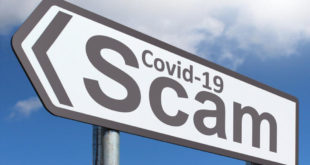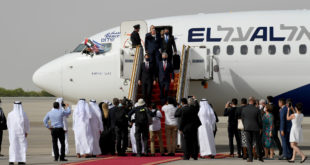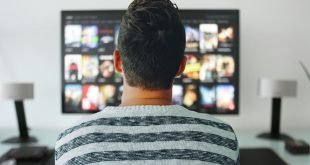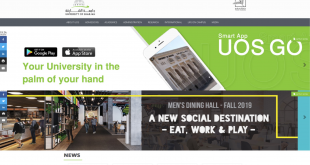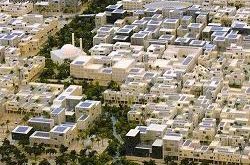Issue 30, summer/fall 2020 https://doi.org/10.70090/HK20C19P Abstract Social media platforms are among the most widely used sources of information in the world. During the COVID-19 Pandemic, the public needs access to timely and reliable information about the disease symptoms and their prevention. Thus, this study aims to determine the respondents’ perception …
Read More »United Arab Emirates
From Peers to Professionals: Regulating Influencer Marketing in the United Arab Emirates
Issue 30, summer/fall 2020 https://doi.org/10.70090/JG20PPRI Introduction In their work on the regulation of social media influencers, Catalina Goanta and Sofia Ranchordás noted that the topic’s complexities involve, among other things, rethinking “the distinction between peers and professionals” (2019, 14). The United Arab Emirates in 2018 addressed this issue by essentially …
Read More »The Impact of Social Networking Site Use on Social Capital and Happiness: A Field Study of Arab and Non-Arab Residents in the UAE (Arabic)
Issue 30, summer/fall 2020 https://doi.org/10.70090/SOA29SCH Scroll down for the Arabic abstract. As social networking sites (SNSs) grow in size across the United Arab Emirates, they are increasingly utilized as avenues for social partnership and sustainable development. These networks are also used as a means of creating social cohesion among the …
Read More »Precedented History: Arab Media Coverage of the Israeli – UAE – Bahrain Normalization Agreement
Issue 30, summer/fall 2020 https://doi.org/10.70090/RA29PHAM On September 16, 2020, U.S. president Donald Trump hosted the signing ceremony for the tripartite diplomatic normalization agreement, known as the Abraham Accords, between the United Arab Emirates (UAE), Bahrain, and Israel at the White House. The UAE is the third Arab country to declare …
Read More »Marathon TV Watching among Emiratis in the Interactive Media Environment
Issue 27, winter/spring 2019 https://doi.org/10.70090/AAAM27TV Abstract The study investigates the habits of binge TV watching—also called marathon TV watching—among a sample of Emiratis. It refers to watching consecutive episodes of a series in one setting for several hours. The research examines the expected outcomes for binge-watching and the possibilities of …
Read More »Cultural Identity Expressed Through Electronic Platforms of Higher Education Institutions: A Comparative Study (Arabic)
Issue 27, winter/spring 2019 https://doi.org/10.70090/EK27CIEP Scroll down for the Arabic abstract. There is substantial cultural diversity in many societies these days. Consequently, the need for cross-cultural institutions to build and present their ethical values and cultural identity within different systems and societies has grown. Most higher education institutions face the …
Read More »Environmental Journalism in the UAE
Lisa Reinisch investigates coverage of environmental issues by English-language newspapers in the United Arab Emirates and analyses what it tells us about the evolution of media-government relationships in the country.
Read More »Balancing Act: UAE Satellite TV Channels Between National and Pan-Arab Markets
With a GDP of $81 billion in 2003, up 4.5 percent from the previous year, and an 8.7 percent population growth rate that brought the population to more than four million in 2003, the United Arab Emirates (UAE) have all the economic and business ingredients for the most dynamic Arab …
Read More » Arab Media & Society The Arab Media Hub
Arab Media & Society The Arab Media Hub
